Scuba Fabric is currently causing some confusion among entry-level seers. Many of us think, of scuba fabric as the neoprene fabric which is usually used to make wetsuits. However, the scuba is thinner and does not have this layer of foam weights. However, it would not be wrong to compare these two fabrics together as they are often made from the same composition.
It has long been used as a ‘high street fashion’ for summer or spring clothing. So, it is not surprising that many people want to make and use it in their own factories. Today, we will try to explain what this fabric is and the best way to make it.
|
Category |
Details |
|
Also Known As |
Neoprene fabric, Double-knit stretch fabric |
|
Manufacturing Process |
Warp or weft knitting with polyester/spandex blend; double-knit technique |
|
Appearance |
Smooth, slightly glossy, and sponge-like |
|
GSM Range |
200-450 GSM |
|
Composition Range |
85-95% Polyester, 5-15% Spandex |
|
Construction Range |
Double-knit with spandex for added stretch |
|
Functionality |
TPU, PU, W/R (water-resistant), AC (anti-chlorine) |
|
Count Variations |
50D/36F, 75D/72F, 150D/96F, 200D/144F |
|
Full Width |
57/58”, 59/60” |
|
Fabric Breathability |
Low to medium |
|
Moisture-Wicking Abilities |
Moderate |
|
Heat Retention Abilities |
High, thanks to thickness and density |
|
Stretchability |
High, with 2-way or 4-way stretch |
|
Prone to Pilling/Bubbling |
Low, durable surface |
|
Country of Origin |
First produced in the USA (1930s, for wetsuits) |
|
Biggest Exporter Country |
China (Export Quantity: ~55% of global supply) |
|
Recommended Washing Temperatures |
30°C (cold wash) |
|
Applications |
Activewear, swimwear, wetsuits, dresses, leggings, fashion apparel, upholstery |
Table Of Contents
What is Scuba Fabric?
Scuba Fabric Definition: Scuba fabric is a kind of interlock knit fabric like neoprene, and many people understand neoprene to mean scuba. But Scuba fabric is a kind of double-knitted material consisting of spandex and polyester. Double knitting means this fabric was made with a set of multiple needles at once, connecting two layers of fabric.
However, these two completely different fabrics are thinner and softer than scuba neoprene. Very smooth and delicate gauge thread of scuba material, it can be noticed somewhat summer and spring feeling.
Types of Scuba Fabric
Scuba fabric is versatile, and its different types cater to a range of needs based on composition, texture, and functionality. Here’s a breakdown of the most popular types of scuba fabric:
1. Plain Scuba Fabric
- Composition: Polyester and spandex blend
- Features: Smooth, sleek finish; lightweight with excellent stretch
- Applications: Dresses, tops, leggings, and casual wear
2. Scuba Crepe Fabric
- Composition: Polyester and spandex with a crepe-like texture
- Features: Textured surface; retains the structure of scuba fabric but with a matte finish
- Applications: Formal wear, tailored suits, and skirts
3. Double Scuba Fabric
- Composition: Double-layered polyester and spandex blend
- Features: Thicker, heavier fabric with enhanced durability and structure
- Applications: Outerwear, structured dresses, and jackets
4. Printed Scuba Fabric
- Composition: Polyester and spandex with digitally printed patterns
- Features: Vibrant designs; retains the smooth texture and stretch
- Applications: Fashion apparel, party wear, and accessories
5. Bonded Scuba Fabric
- Composition: Two layers of fabric bonded together, typically with neoprene or foam
- Features: Increased thickness, insulation, and durability
- Applications: Outerwear, wetsuits, and high-performance gear
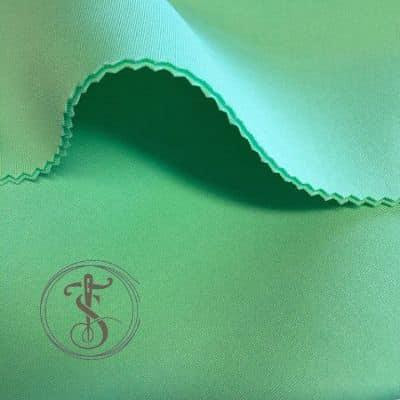
Properties:
Key Properties of Scuba Fabric
Texture and Feel
Scuba fabric has a smooth, slightly shiny surface with a sponge-like texture. Its dense construction provides a luxurious and structured appearance.
Durability
Thanks to its synthetic fibers, scuba fabric is highly durable and resistant to wear and tear. It doesn’t easily pill or fray, even after frequent use.
Stretchability
Scuba fabric offers excellent stretch, often with 2-way or 4-way flexibility. This makes it perfect for body-hugging outfits or activewear.
Heat Retention
The thickness of scuba fabric allows it to retain heat, making it ideal for cooler climates or layering pieces.
|
Characteristics Name |
Properties |
|
1. Main Ingredient |
Synthetic chloroprene |
|
2. Fabric breathability |
Zero |
|
3. Heat retention and Stretch ability |
High |
|
4. Prone to bubbling |
Medium |
|
5. Suitable washing temperatures |
Normal or cold |
|
6. This fabric is commonly used in |
Skirts, leggings, Scuba gear, Swimsuits, seat covers, camera cases, etc. |
What is scuba fabric made of?
The manufacturing process of scuba fabric involves warp or weft knitting techniques, combined with synthetic fibers like polyester and spandex. This double-knit construction creates a dense yet flexible fabric that maintains its shape. During production, manufacturers may also apply treatments for added functionality, such as water resistance (W/R) or anti-chlorine (AC) finishes, making scuba fabric suitable for sportswear and swimwear.
a. Chloroprene Production:
The Main Ingredient in scuba fabric is chloroprene, and it is a colorless monomer. This substance is produced in different processes. One of these processes is butadiene from petroleum oil, with which base compounds are used to make chloroprene react.
A process called free-radical emulsion polymerization is published to make polymer polychloroprene from chloroprene obtained from various processes. The resulting substance is supplied to the textile factory in liquid form.
b. Adding Additives and moving into a mixer:
When this polymerized chloroprene arrives at the factory, the textile manufacturer adds various additives. For example, additives can be used to increase elasticity, or they can be added to improve fire resistance.
Once these additives have stabilized, the substance is transferred to a massive mixer. This mixer is imputed in a manufactured oven, and the substance is then concentrated. Once it is removed from the mixer, the hardened chloroprene rubber is about a loaf size, about two feet long, and eight feet wide.
c. Slicing and placing on a conveyor belt
This baked rubber is then cooled and run through a cutting machine. This slicing machine can cut polychloroprene into different widths. On average, this fabric is cut to a width of 3-5 millimeters.
Each of these thin sheets is placed on a large conveyor belt of a sheet of plywood. The sheets are then sprayed with a special epoxy, and they are layered with a modified form of nylon. Once the nylon dries, the chloroprene increases its elasticity.
The templates are then decorated with decals and adorned with zippers, pockets, and any kind of added material as needed. A special type of material is used to connect the individual chloroprene rubber pieces. Then the product is sewn together with a sewing machine.
Applications
Scuba fabric works ideal for both form-fitting clothing and longer-lasting. This modern fabric holds the dye very well, so it can be decorated with all kinds of bold, beautiful prints to fit your unique taste.
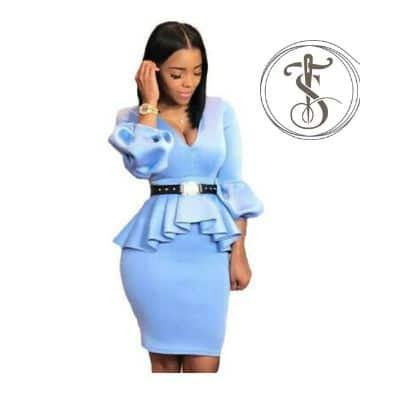
Suppose you are looking for a material that is durable, versatile, and customizable. In that case, this fabric might be the perfect fit for you. It is suitable for a variety of clothing projects. It cuts easily and has a warm, firm form, which means you won’t need to add linings when making warm clothes.
The most common application of Scuba Fabric is as:
- Scuba gear,
- Swimsuits,
- fitting dresses
- Skirts, leggings,
- Seat covers,
- swaying skirts,
- sports clothing.
Advantages of Scuba Fabric
- Versatility: Works for both casual and formal wear.
- Ease of Care: Machine washable and wrinkle-resistant.
- Longevity: Resistant to wear and tear, ensuring long-lasting use.
Disadvantages of Scuba Fabric
- Limited Breathability: The dense structure makes it less breathable, which might not suit hot climates.
- Environmental Concerns: Made from synthetic materials, scuba fabric isn’t biodegradable.
How to Care for Scuba Fabric?
Washing Tips
Always wash scuba fabric in cold water, preferably on a gentle cycle. Avoid harsh detergents to maintain its elasticity.
Drying and Storage
Air-drying is best for scuba fabric. Avoid tumble dryers, as high heat can damage the fibers. Store it in a cool, dry place to prevent stretching or distortion.





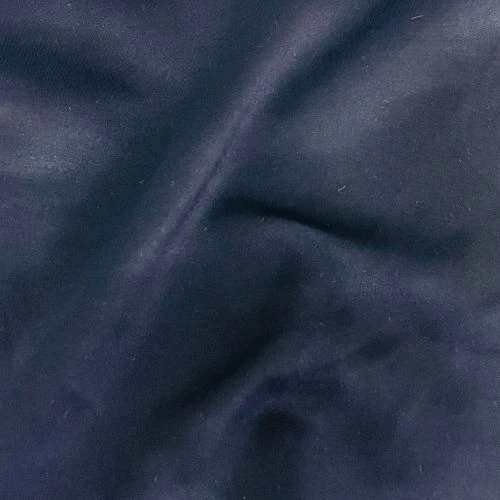
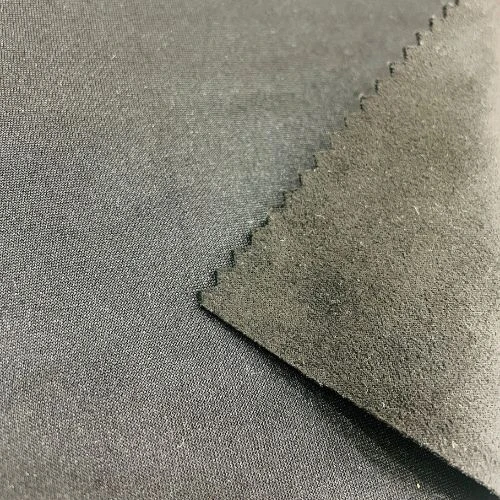
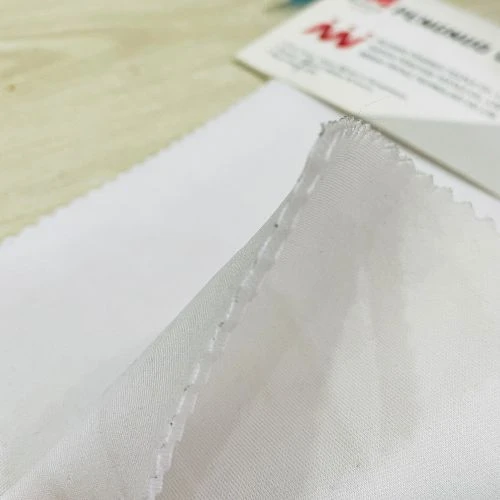
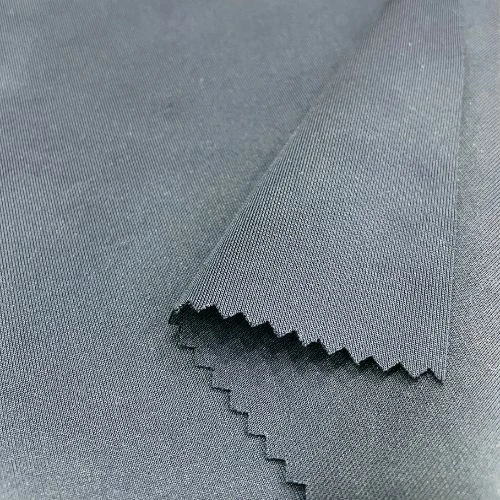

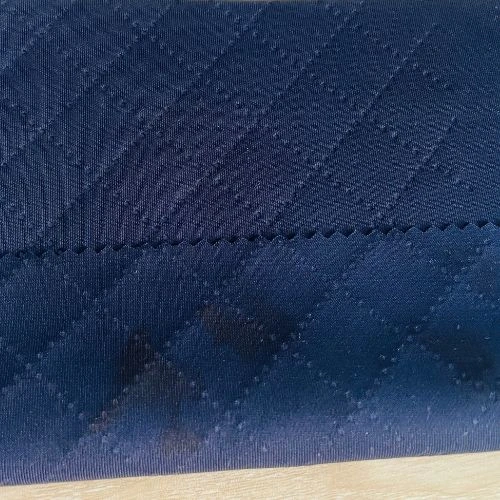
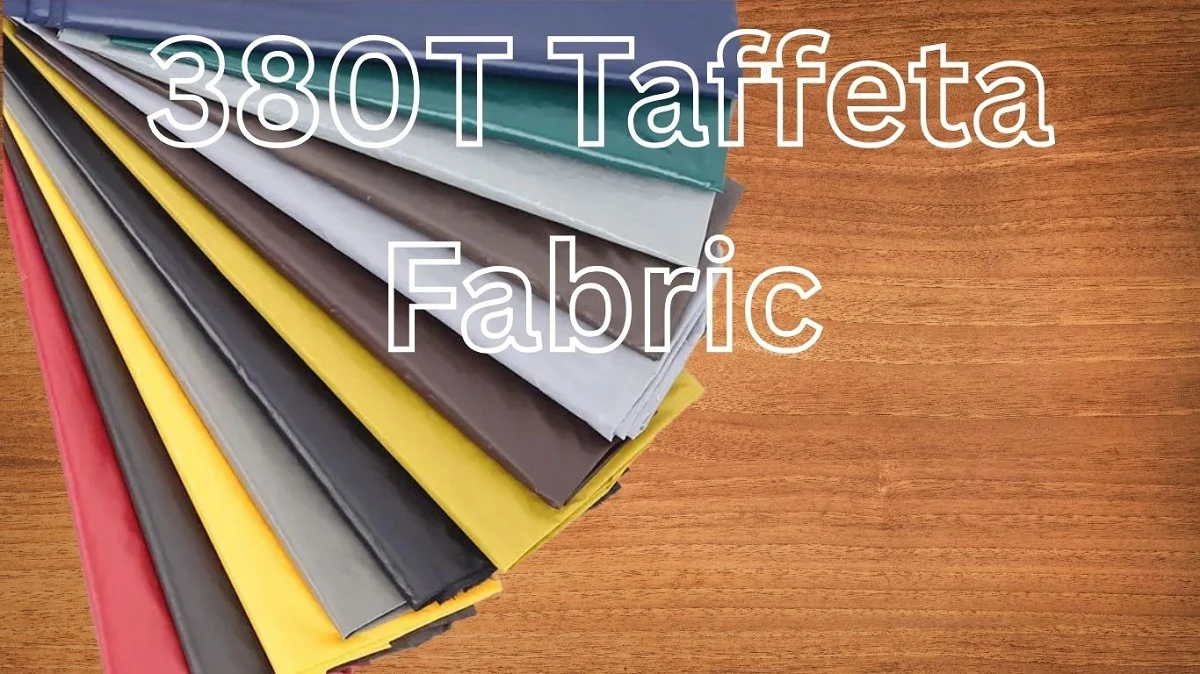
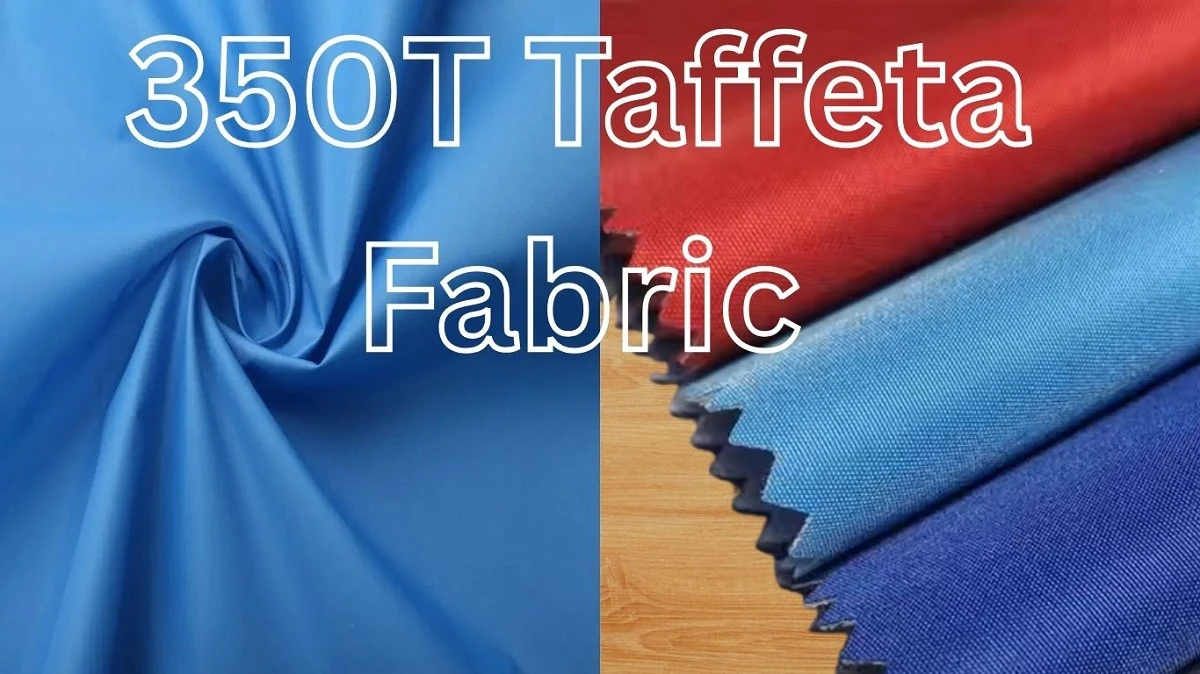
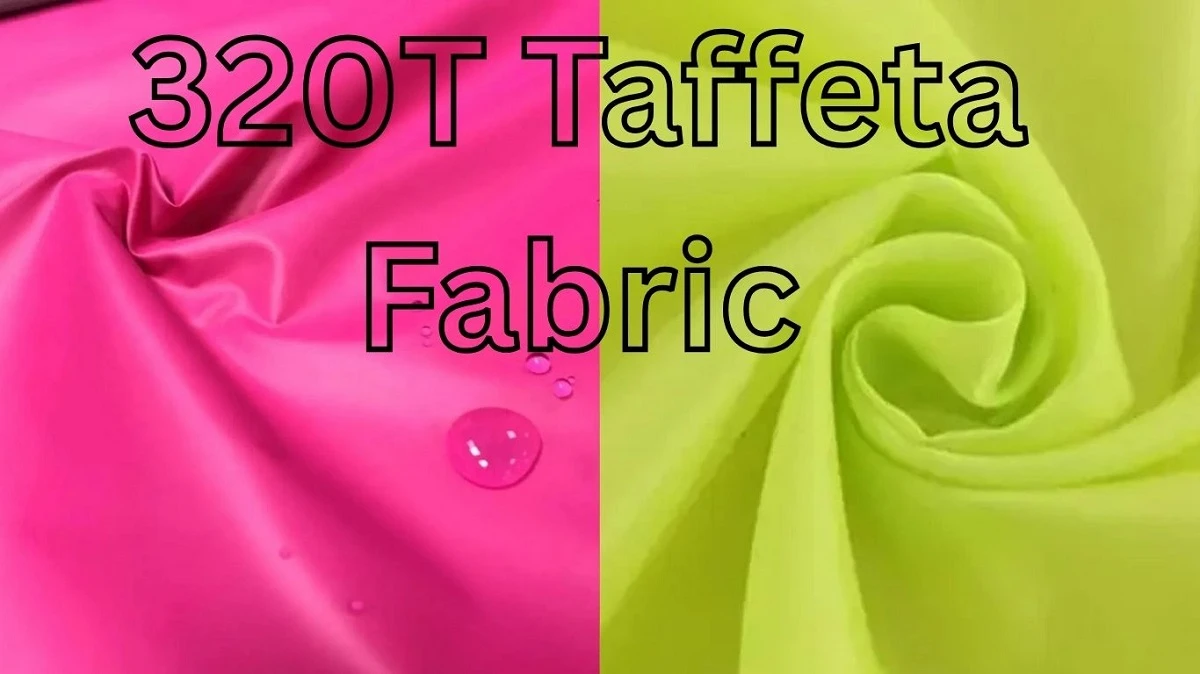
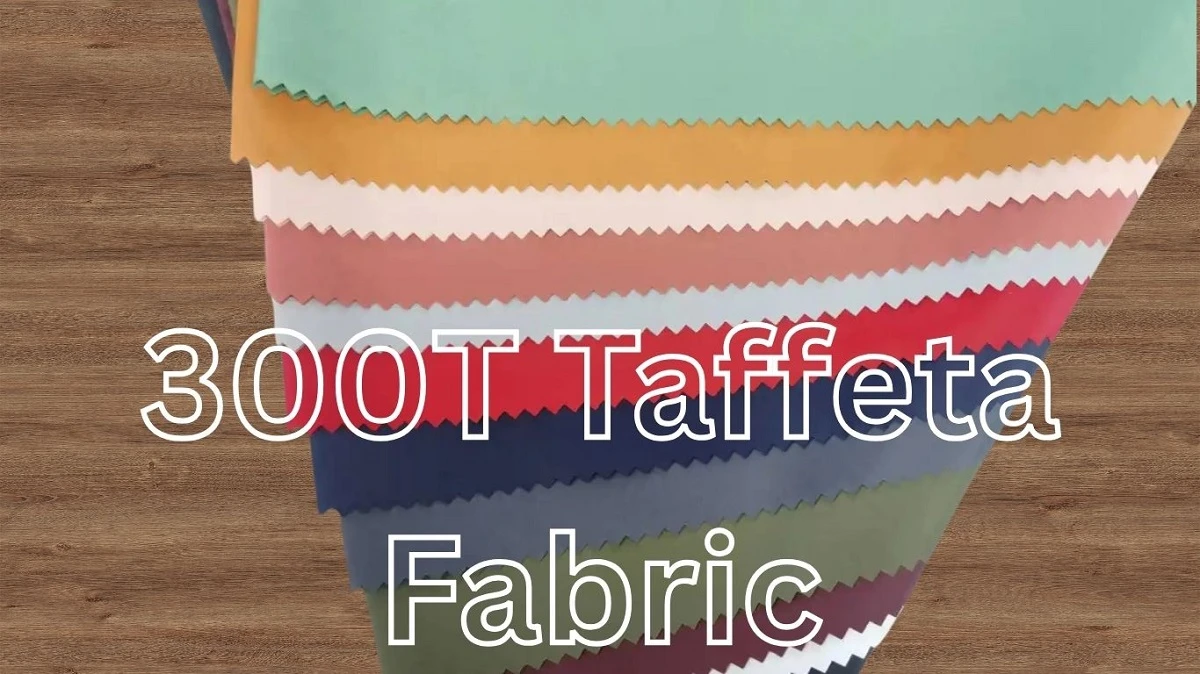
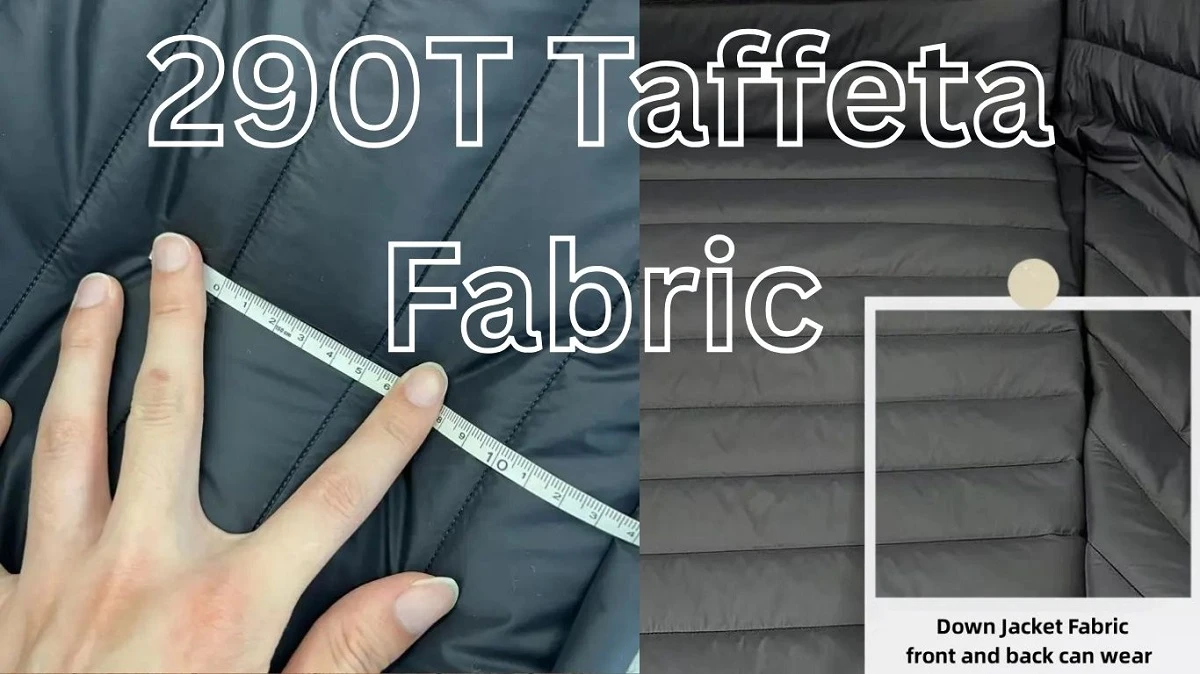
Comments - 00
Leave A Reply
Thanks for choosing to leave a comment.